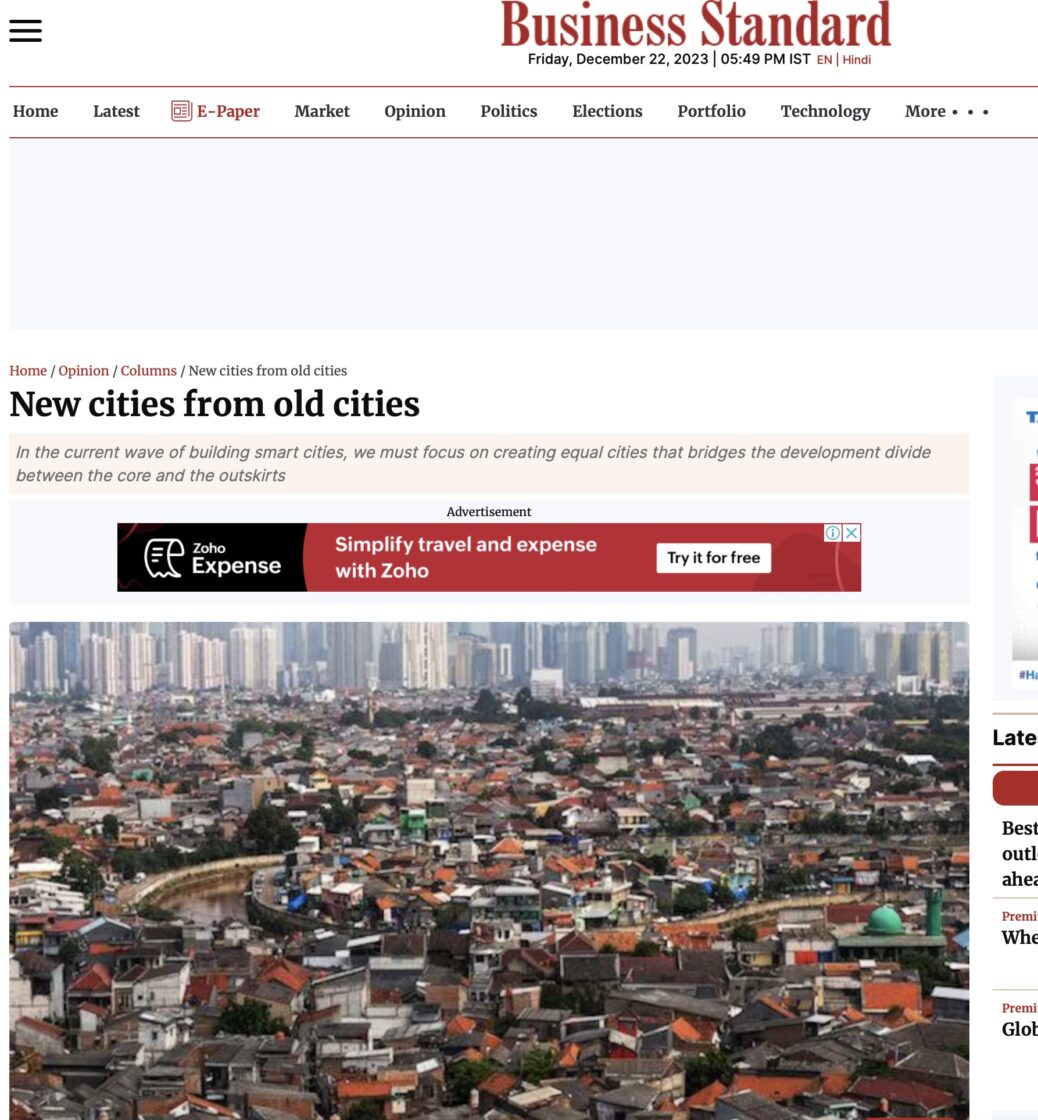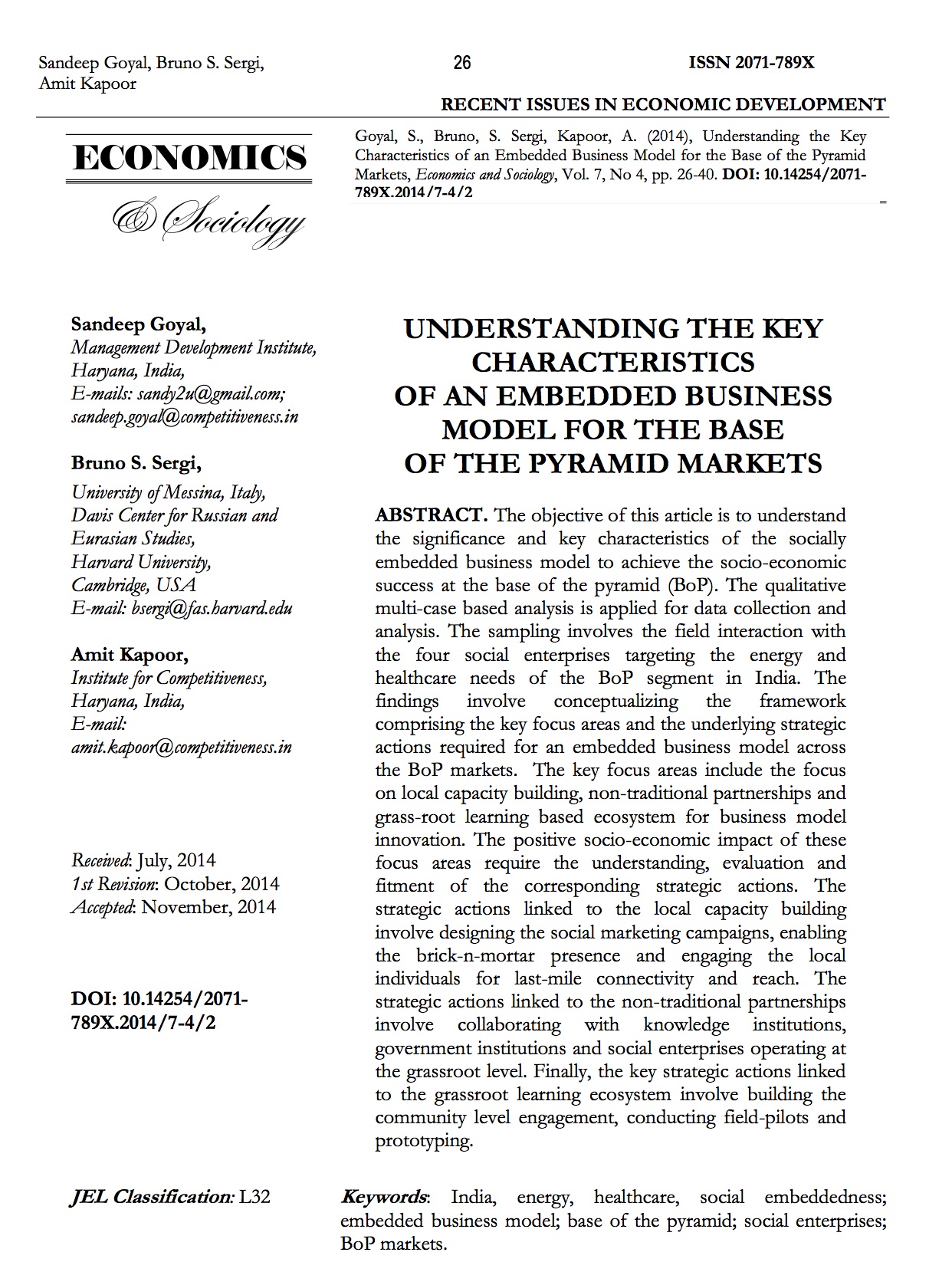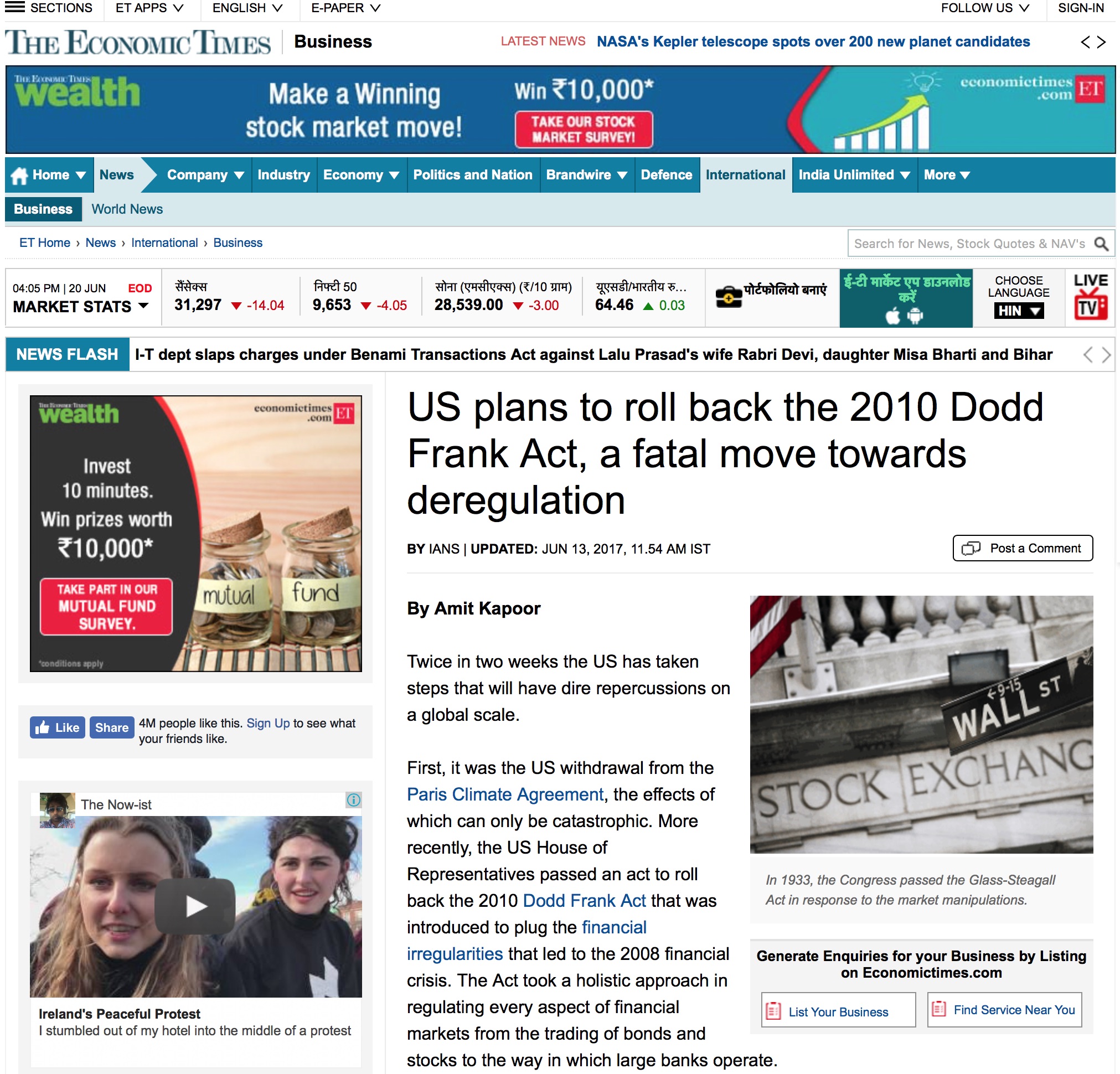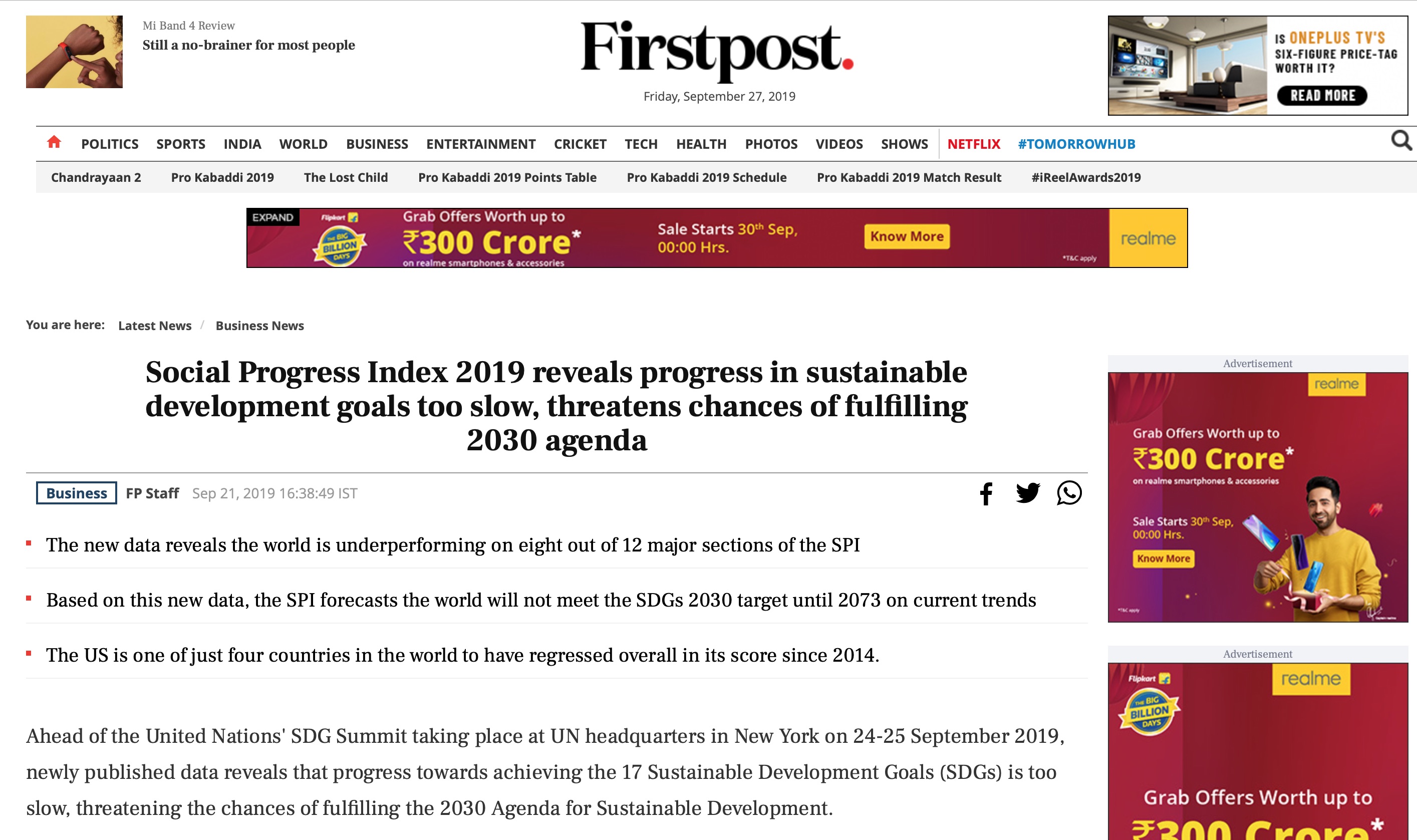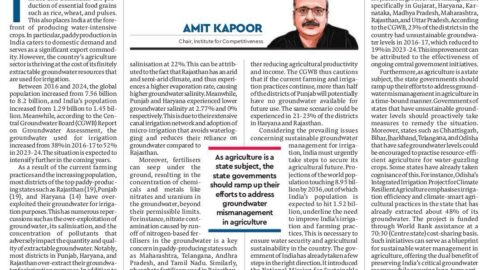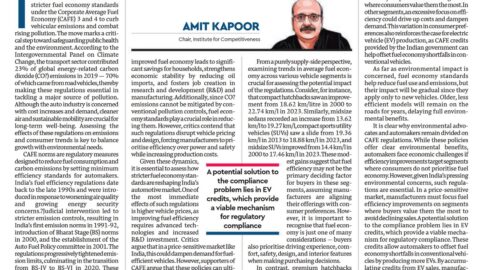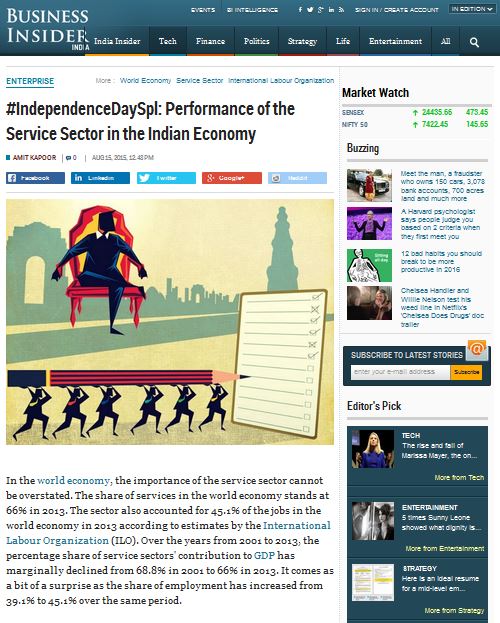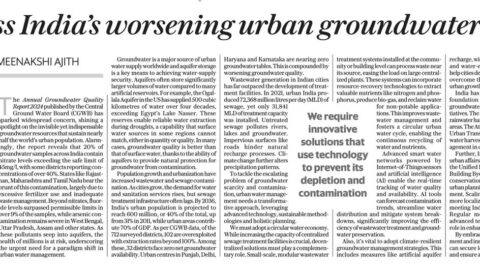by Amit Kapoor and Bibek Debroy
The way cities exist today makes it nearly impossible to envision any other shape or form they might have had in the past. Our contemporary hi-tech or smart cities seem frozen in time, as if this is how they’ve always been. If you were to conduct a random survey describing cities like Gurugram, most people would likely depict a skyline dominated by towering buildings and modern workspaces – the realm of cyber hubs and cyber parks. In fact, the Government of Haryana proudly identifies Gurugram as the “Cyber City of Haryana.” Few would emphasise the inner workings of the city, characterised by potholed roads, crowded shops, malfunctioning traffic signals, and hazardous construction sites. However, it’s important to recognise that this is the original core of the city, which thrived and expanded to the outskirts that we now recognise as Gurugram. The interiors are untouched by any development and yet appear to be leftovers. This might seem a harsh analogy, but the quandary it presents is important to address – does urban development follow a direction? What is the flow of urbanisation? These two distinct questions are linked in a way that answers how a city mushrooms.
When discussing the phenomenon of ‘urbanisation flow,’ it encompasses more than a mere population migration from rural to urban areas; it also addresses an internal dynamic within cities that corresponds to urban development. It is crucial to recognise that each city may not mirror the same developmental pattern. The flow of urban development is intricately linked to the intrinsic nature of the city, its core culture and, more technically, the geographical location. Take for example, Old Delhi houses the history of the national capital, and its development accommodates its historical lanes (gallies), markets, places of worship and the havelis despite traffic and disarray. In contrast, there exists a New Delhi with more modern architecture in sync with the colonial hangover in Lutyens Delhi, better planning and an urban aesthetic suited to the political culture in the capital. For a city like Mumbai, geographical location and a booming population play an important role in determining the flow. With the largest slum in Asia – Dharavi – home to more than 4 lakh people, the direction of urban development is difficult to ascertain in Mumbai as its development needs are contested. Torn between ensuring adequate housing and building more industrial spaces, India’s financial capital sustains poor urban planning and misdirected development. Similarly, in the case of Hyderabad and Secundrabad, often called the twin cities, development has been unequal since colonial times. While Secundrabad grew under the British rule, Hyderabad belonged to the Nizam. Even when the charm of these cities is being lost to newer areas like “Cyberabad” for its modern architecture and IT hub that attracts the working population, Secunderabad seems to be left out when it comes to ease of living or overall development.
Although each city differs in pattern or flow of development, it unites in its want to be more modern and rightly so. The point of the matter is simply to understand the underlying patterns that influence this flow and whether there is a way to achieve it without having some left behind. One can argue that “economic flow”, which includes labour force, capital, technology and communication, influences the flow of urbanisation. These can also be replicated to understand the flow of development within cities. More working spaces emerge in areas where one can find optimality among these factors, thereby leading to the domino effect of more people wanting to settle around that area, further creating a demand for housing that also influences the property rates. Parallely, recreational avenues open up, sustaining the allure of a location.
While it is accurate to assert that urban development aligns with the trajectory of the aforementioned factors, the fundamental question persists – must this development be inherently selective? While discussions often centre on development disparities among cities, there is a tendency to overlook the intricacies of development within individual cities. This is intrinsically linked to factors such as urban design and planning, the proactive participation of municipal corporations in development initiatives, and, most crucially, an understanding of the underlying needs of the city. Such an understanding is imperative to ensure that development converges rather than diverges.
Fundamentally, this is also a question of equality within cities. In the current wave of smart cities, we must come back to equal cities, focusing on ensuring citizen satisfaction, accessibility to resources and opportunities and adequate living spaces. Such a reconsideration of urban development also supports essential efforts to render cities more gender-inclusive and accessible for individuals with disabilities and special needs. What we must focus on while shedding light on the complexities of urban development is the need for a holistic approach that considers both external appearances and internal dynamics, emphasising on equality and inclusivity.
The article was published with Business Standard on December 20, 2023

